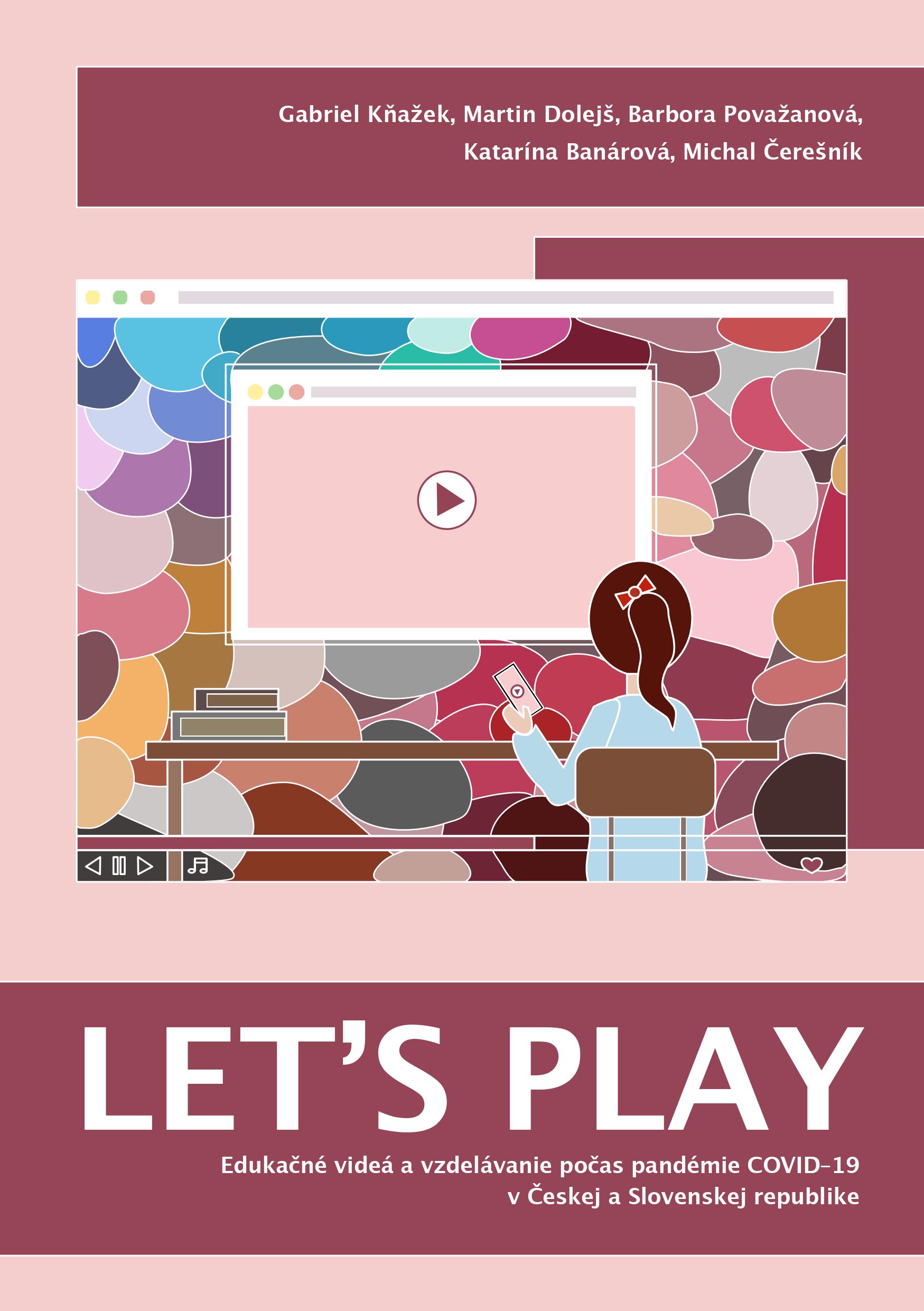The period in which we live is characterised by tremendous dynamism. Everything is changing at a rapid pace, not least the content and form of education. Both the Slovak and Czech education systems have changed with the adoption of new school laws. We are feeling strong pressure from European structures to increase the proportion of university-educated people up to the level of 40%. Employers' expectations in relation to standards of educational results and professional competences are changing. We are facing the challenge of curricular transformation as the volume of 'core' knowledge continues to grow and we are trying to weave it into the content of education. We are facing the consequences of the decentralisation of education, but this does not prevent us from centralising the examination of knowledge in primary and secondary schools. There are critical voices saying that the current education system will soon fail because it is failing at its core, which is preparation for the future profession. These are just some of the current problems of education and its dynamics. Among the bulging issues that are opening up debate and strongly polarising the public are technological and electronic innovations. The use of the Internet, the flipping of social relationships into online identities, and the mass use of "smart" devices have all entered our lives significantly in the last 25 years. What was considered at the end of the 20th century to be a dependency on the Internet and technology is now the gold standard for interactions, but also for ways of self-presentation (e.g. a smartphone with a permanent Internet connection, whose hardware rivals gaming computers and high-end cameras). There is simply an intergenerational shift in how we perceive the necessity of using technology and the extent to which we use it in everyday life. People from the "Baby Boomers", "Husak's Children" and probably even "Millennials" can easily imagine life without technology and the Internet because they have had this experience. But Generation Y and α have not experienced such a life. The Internet and technology have been with them since birth. Chances are that at two years old, they knew the functions of a smartphone better than their parents. For many of them, the smartphone was a "nanny". And perhaps right now they use it for leisure, to communicate with friends and girlfriends, to look up information or pay for goods. Inevitably, there are two camps of people. In one are the opponents of mass use of technology and the Internet, including those seeking a technology detox and those who have unplugged. In the other are proponents of their use, including technology producers, app makers and distributors. Both sides have strong arguments that they use to support their position. The "against" side talks about the change in the neurophysiological qualities of the brain that causes us to be stupid. Some talk about "debilitation." There is a decline in our key abilities, such as the ability to communicate correctly, inhibit behavior, or expand the range of short-term memory. The 'pro' side talks about inevitable progress, the availability of information, networking, faster learning or the possibility of linking human consciousness with technology. As it happens, the truth will be somewhere in the middle. And some research carried out in the Czech Republic has indeed shown that as long as we use technology and the Internet in a reasonable way, it does not have to have negative consequences for us and we can use it for our development. In relation to the massiveness of the aforementioned phenomenon, we have no choice but to accept that the Internet and technology are an integral part of our lives, for current and future adolescents. If we look at the recent period, roughly defined as 03/2020 to 03/2022, associated with the Covid-19 pandemic and its impact on education, regardless of our attitude towards technology and the Internet, we must admit that they have been a lifesaver for us if we wanted to protect health and, at the same time, continue to educate children and adolescents. Teachers were confronted with new challenges from one day to the next, which consisted in changing the form of education and were associated with a number of technical and competence problems. Online education had been in operation for almost two years and computers, tablets, telephones, various communication applications were the common means of conveying information. Last but not least, educational videos gained popularity. Many older ones have been dusted off and a huge number of new ones have been created to make it easier for children and adolescents to learn educational content. They have their drawbacks, such as the lack of social interaction and the opportunity to ask questions. But they also have their upsides, such as greater clarity, the ability to proceed at one's own pace or to retrace previous steps. They appear to be a suitable complementary method that could find a firm place in both institutionalised and non-institutionalised education. We have addressed this content in our publication. We were interested in how adolescents were educated during the Covid-19 pandemic, how they used educational videos, whether their use was related to changes in the form of education, and how they perceived them.
- Version
- Download 10
- File Size 1.38 MB
- File Count 1
- Create Date February 17, 2023
- Last Updated February 17, 2023
